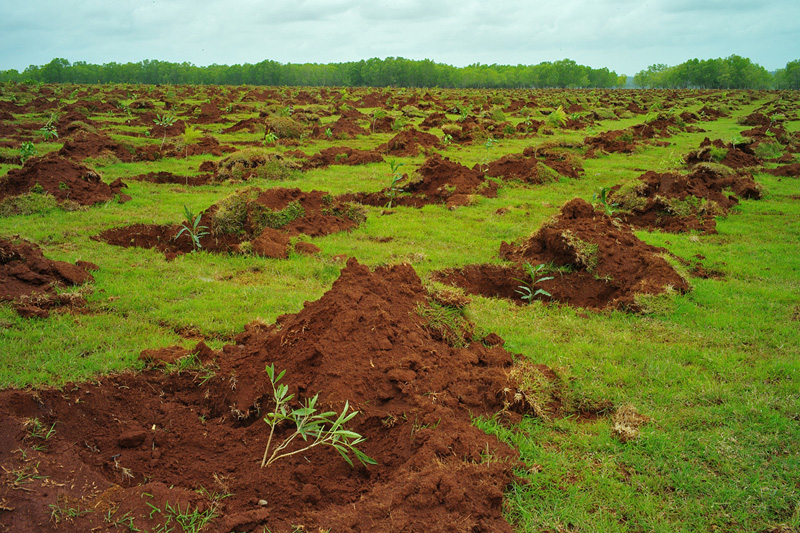In September 2012, a group of concerned citizens led by photographer Mahesh Bhat, who lives near the Hesaraghatta grasslands in Bangalore had initiated an online campaign to save 300 acres from getting converted into a film city. Earlier, the Bangalore Development Authority (BDA) had planted several thousand saplings in almost half of the grassland (See ‘Killing a Grassland‘). The misguided seemingly good-intentioned approach was stopped thanks to an outcry from conservationists in the city but not before considerable damage was done.
Subsequently Mahesh and his colleagues from the Arkavathy and Kumudvathy River Rejuvenation trust had met the then chief minister, the chief secretary, and other senior officials on this subject too. The department of Information who is responsible to build the film city on this land had even sent our petition to the government. But there was no response. Hence the trust filed a PIL in the high court of Karnataka (WP45759/2012) in December 2012.
The PIL came up for hearing before the division bench of the acting Chief Justice and Justice Nagarathna on 4th January, 2013. The Hon’ble court has admitted the petition and issued notices to the govt. The bench has also asked status quo to be maintained till further orders. We hope that the final verdict will favour the environment and not mindless and insensitive development in a fragile ecosystem.
About Hesaraghatta
The grasslands near Hesaraghatta is the last remaining grassland in and around Bangalore. These grasslands are a unique and threatened ecosystem that supports very specialized flora and fauna including birds of prey that migrate from Europe and Central Asia in winter as well as the recently rediscovered schedule 1 species Lesser Florican (Sypheotides indicus) –- one of India’s most threatened birds. These life forms will disappear when the grasslands are destroyed or disturbed.
In a recent report, a committee constituted by the Planning Commission has stated that “grasslands and deserts are the most neglected ecosystems by the Ministry of Environment and Forests (MoEF), which looks after biodiversity conservation in India”.
Please click here to see a map of the Hesaraghatta grasslands. The area marked in blue is the (dry) lake bed of the Hesaraghatta reservoir / lake. The actual grassland (marked in green) is the area the Arkvavathy and Kumudvathy River Rejuvenation Trust has filed the PIL for.


 CI is a non-profit, non-commercial portal that aims to facilitate wildlife and nature conservation by providing reliable information and the tools needed to campaign effectively.
CI is a non-profit, non-commercial portal that aims to facilitate wildlife and nature conservation by providing reliable information and the tools needed to campaign effectively.